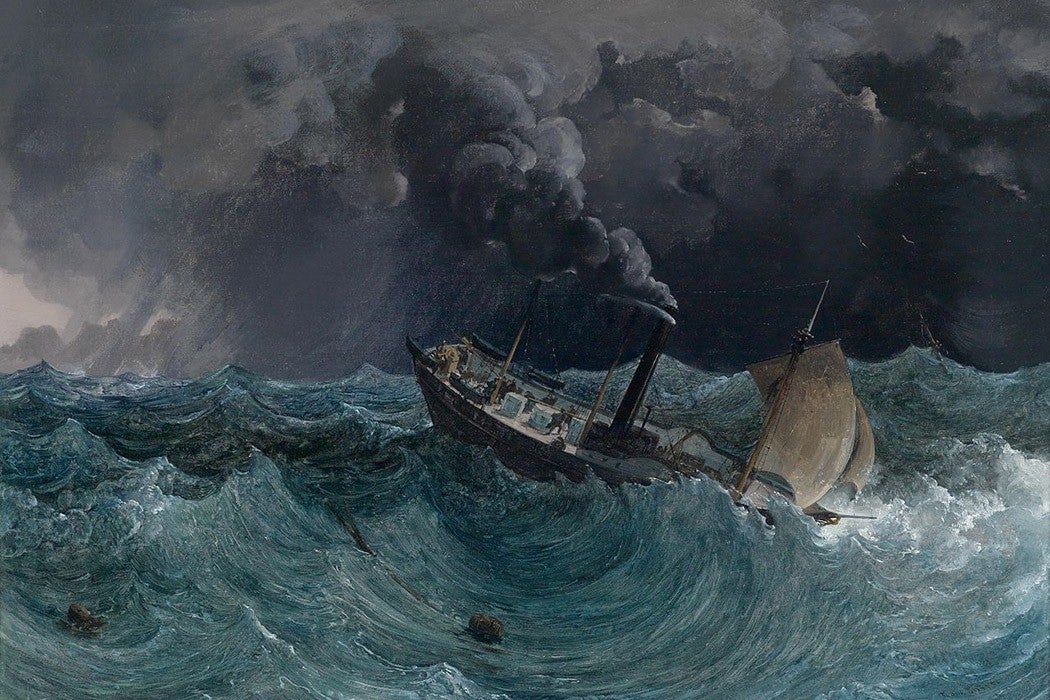A remarkable discovery has been made in the Black Sea: 42 extremely well-preserved ships spanning a millennia from the ninth to the nineteenth century CE. The wrecks are so pristine that archaeologists can make out chisel marks on some of the ships. The Black Sea is a large inland water body where Europe meets Asia. It is bordered to the south by Turkey, to the west by Bulgaria and Romania, to the north by Ukraine, and the east by Russia and Georgia. The wrecks represent the diverse cultures surrounding the sea through the years. How can wooden ships have stayed so intact in the murky depths?
The short answer is that the Black Sea was not always a sea. Up until around 10,000 years BCE it was an enormous freshwater lake. Evidence from core samples suggests that around 7,500 years ago, sea level rise forced water from the Mediterranean through the Bosphorous and Dardanelles Straits. Apparently the Black Sea flooded pretty quickly (by geologic standards). The salty Mediterranean water was heavier than the fresh sea water, and the rapid influx prevented any significant mixing.
As a result the heavy salt water sits under the surface of the Black Sea, from around 150 meters deep to around 2,200 meters. That denser salty water has been sitting beneath the freshwater layer for thousands of years. Without access to the surface, the deep water of the Black Sea contains hardly any oxygen, forming what is known as the anoxic layer. Without oxygen, various borers, worms, and many bacteria that rapidly destroy submerged wood cannot survive. Thus the ships lie exactly as they fall, sometimes for thousands of years.
And there were a lot of ships passing through. Favorable conditions meant that seafaring cultures beginning with the ancient Greeks made good use of the Black Sea as a shipping route. Its location put it at the crossroads of both the Byzantine and Ottoman empires, making it a likely hunting ground for shipwrecks.
In 2000, recognizing the potential for well-preserved wrecks, a team of archaeologists began using side scan sonar and remote vehicles to search the deep Black Sea. The team hoped to compare the condition of wrecks from the anoxic layer with wrecks from oxygenated water. After a solid field season, the 2000 team did find several poorly-preserved wrecks in the oxygenated layer above 150 meters. They also found one incredibly well-preserved wreck below 150 meters, proving the concept and setting the stage for this year’s amazing discovery.
With an entire sea to search, even more dramatic discoveries may well await.







